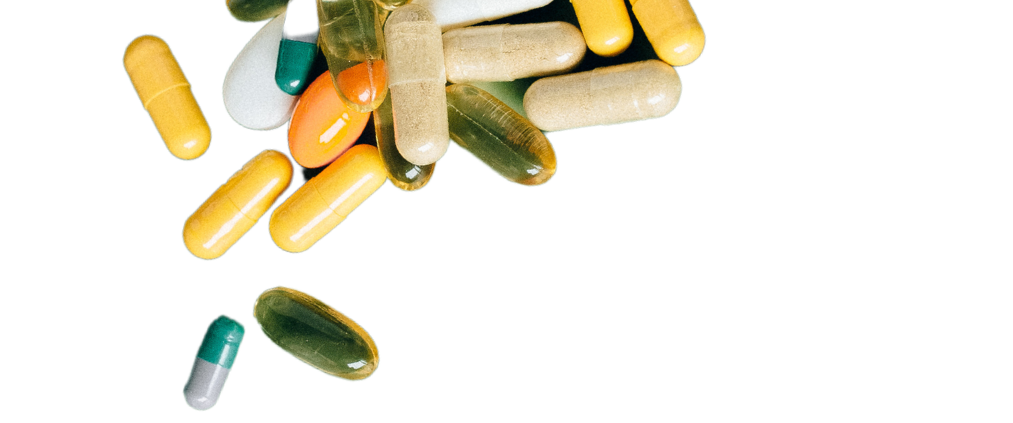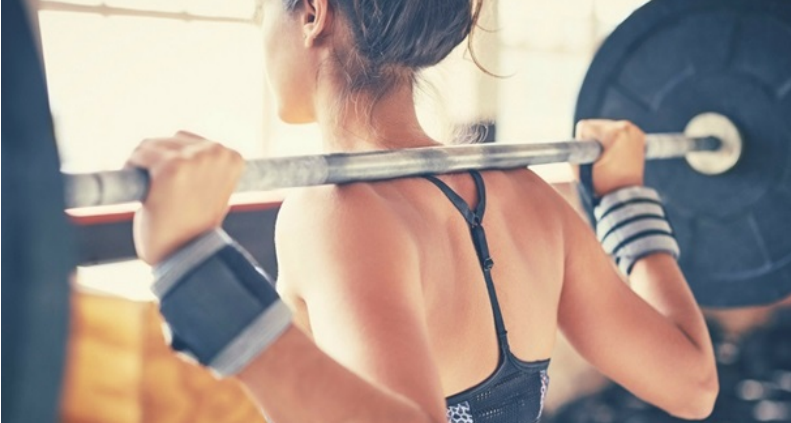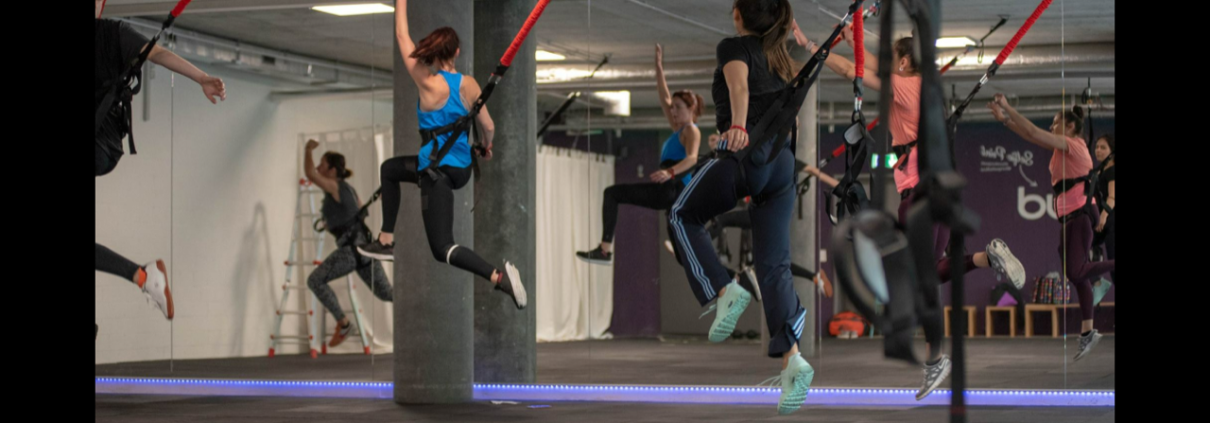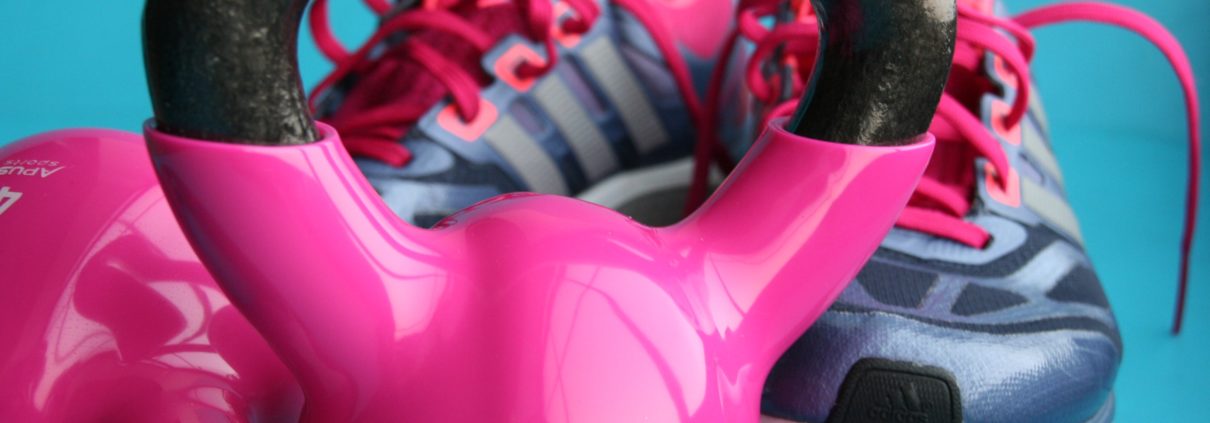Ultimate Supplement Guide: Your Blueprint To Wellness
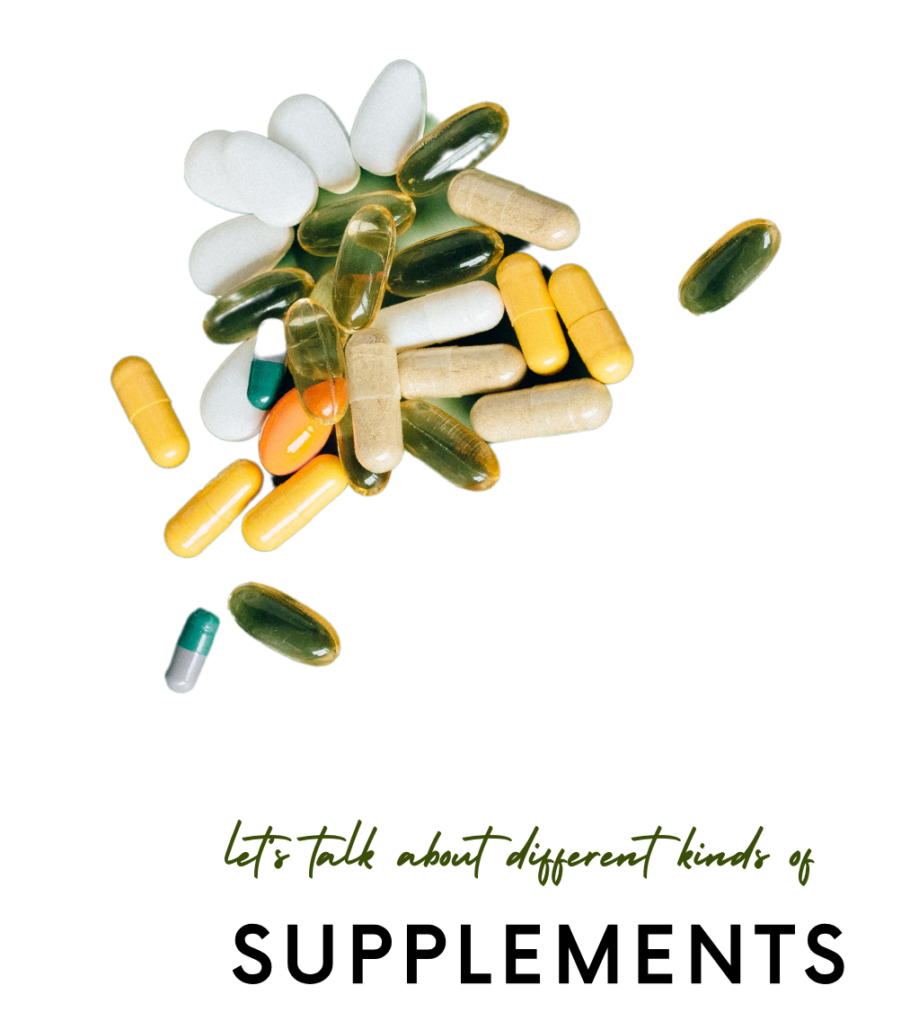
WELCOME! THIS GUIDE COVERS ESSENTIAL SUPPLEMENTS—THEIR BENEFITS, HOW TO USE THEM, AND HOW THEY SUPPORT YOUR HEALTH GOALS.
- KEY POINTS TO REMEMBER:
- SUPPLEMENTS CAN HELP ADDRESS DEFICIENCIES, BOOST PERFORMANCE, AND AID RECOVERY.
- NOT ALL SUPPLEMENTS ARE EFFECTIVE; CHOOSE CAREFULLY.
- A BALANCED DIET SHOULD ALWAYS COME FIRST.
DAILY ESSENTIALS:
- MAGNESIUM: IMPROVES SLEEP AND RECOVERY. 200-400 MG/DAY
- ZINC: SUPPORTS IMMUNE HEALTH AND TESTOSTERONE. 10-30 MG/DAY.
- OMEGA-3: REDUCES INFLAMMATION AND IMPROVES MOOD. UP TO 5G EPA/DHA/DAY.
- VITAMIN D: SUPPORTS HORMONE PRODUCTION. 5,000 IU/DAY.
FOR FAT BURNING:
- GREEN TEA EXTRACT: BOOSTS METABOLISM. 250-500 MG/DAY.
- CLA: MAY REDUCE STUBBORN FAT. 3,000-6,000 MG/DAY.
- L-CARNITINE: CONVERTS FAT INTO ENERGY. 2,000-3,000 MG/DAY.
FOR MUSCLE BUILDING:
- CREATINE: INCREASES STRENGTH. 5G/DAY.
- WHEY PROTEIN: AIDS RECOVERY. 20-50G POST-EXERCISE.
- BETA-ALANINE: ENHANCES PERFORMANCE. 2-5G/DAY.
- EAAS: SUPPORTS RECOVERY. 3-6G BEFORE/DURING WORKOUTS.
- LEUCINE: STIMULATES MUSCLE GROWTH. 5G DURING WORKOUTS.
FOR STRESS RELIEF:
- ASHWAGANDHA: LOWERS STRESS. 300-500 MG/DAY (CYCLE EVERY 2 WEEKS).
- RHODIOLA ROSEA: REDUCES FATIGUE. 300-600 MG/DAY.
FOR MENSTRUAL SUPPORT:
- MAGNESIUM: EASES CRAMPING AND BLOATING. 200-400 MG BEFORE BED.
- VITAMIN D: REDUCES INFLAMMATION. 5,000 IU/DAY.
FOR MENOPAUSE MANAGEMENT:
- MAGNESIUM: REDUCES HOT FLUSHES. 200-400 MG BEFORE BED.
- OMEGA-3: REDUCES INFLAMMATION AND IMPROVES MOOD. UP TO 5G EPA/DHA/DAY.
- ESTRO-SUPPORT: REGULATES HORMONES. 2 CAPS/DAY.
- EVENING PRIMROSE OIL: ALLEVIATES SYMPTOMS. 500-1000 MG/DAY.
- BLACK COHOSH: SOOTHES SYMPTOMS. 40-80 MG/DAY.
USE THIS GUIDE TO MAKE INFORMED CHOICES ABOUT SUPPLEMENTS. REMEMBER, THEY SUPPORT BUT DO NOT REPLACE A BALANCED DIET.
SUPPLEMENTS TO OPTIMISE TESTOSTERONE (MALE):
- D-ASPARTIC ACID: AMINO ACID THAT CAN BOOST TESTOSTERONE IN SOME.
• DOSE: 2–3G DAILY.
- FENUGREEK: HERB THAT MAY ENHANCE TESTOSTERONE AND LIBIDO.
• DOSE: 500–600 MG DAILY.
- ZINC: ESSENTIAL MINERAL FOR TESTOSTERONE PRODUCTION.
• DOSE: 10-30 MG DAILY AFTER EATING.
- NOTE: IF ALREADY TAKING ZINC AS PART OF GENERAL SUPPLEMENTS, DO NOT ADD MORE.
- ASHWAGANDHA: MEDICINAL HERB THAT REDUCES STRESS.
• DOSE: 300–500 MG DAILY.
- NOTE: IF ALREADY TAKING IT AS PART OF GENERAL SUPPLEMENTS, DO NOT ADD MORE.
SUPPLEMENTS TO REDUCE PAIN AND INFLAMMATION:
- TURMERIC (CURCUMIN): ANTI-INFLAMMATORY THAT HELPS REDUCE PAIN.
• DOSE: 500–1,000 MG DAILY.
- OMEGA-3 (FISH OIL): REDUCES BODY INFLAMMATION, HELPING TO LOWER PAIN.
• DOSE: 1–2G OF EPA AND DHA COMBINED, DAILY.
- BOSWELLIA SERRATA: ANTI-INFLAMMATORY, USEFUL FOR ARTHRITIS PAIN.
• DOSE: 300–500 MG DAILY.
SUPPLEMENTS TO IMPROVE GUT HEALTH:
- PROBIOTICS: LIVE BENEFICIAL BACTERIA THAT RESTORE GUT BALANCE AND IMPROVE DIGESTION.
• DOSE: VARIES BY STRAIN; TYPICALLY SEVERAL BILLION CFUS.
- PREBIOTICS: FIBRES THAT NOURISH GUT BACTERIA, PROMOTING BETTER DIGESTION.
• DOSE: 3–8G DAILY.
- DIGESTIVE ENZYMES: AID IN DIGESTION AND NUTRIENT ABSORPTION.
• DOSE: VARIES; COMMONLY TAKEN WITH MEALS.
- GLUTAMINE: AMINO ACID THAT SUPPORTS THE INTESTINAL LINING AND GUT HEALTH.
• DOSE: 5–10G DAILY.
TOP GUT HEALTH SUPPLEMENTS:
- Culturelle Digestive Health Probiotic: Contains Lactobacillus rhamnosus GG to support digestion and immune health.
- Garden of Life Dr. Formulated Probiotics: Offers 30 strains with 50 billion CFUs per serving for daily gut health and immunity support.
- Hyperbiotics Prebiotic Powder: Natural plant fibers that promote the growth of good gut bacteria for better digestion.
- Zenwise Health Digestive Enzymes: Includes enzymes, prebiotics, and probiotics to reduce bloating and aid food breakdown.
- Seed Daily Synbiotic: A blend of probiotics and prebiotics to support gut, skin, and digestion.
- Now Sports L-Glutamine Powder: Contains L-glutamine to help support the gut lining and overall digestive health.
- Benefiber Prebiotic Fiber: Prebiotic fiber powder that nourishes beneficial gut bacteria for regularity and digestion.
- Renew Life Ultimate Flora Probiotic: A high-potency probiotic with 30 billion CFUs to support gut health and boost immunity.
NOTE: CONSULT A HEALTHCARE PROFESSIONAL BEFORE STARTING ANY NEW SUPPLEMENT FOR GUT HEALTH.
TOP MAGNESIUM SUPPLEMENTS:
1. PURE ENCAPSULATIONS MAGNESIUM (GLYCINATE): HIGHLY ABSORBABLE, GENTLE ON THE STOMACH.
2. THORNE MAGNESIUM BISGLYCINATE POWDER: EASILY MIXABLE, GREAT FOR SLEEP SUPPORT.
3. THORNE MAGNESIUM CITRAMATE: SUPPORTS MUSCLE FUNCTION, REDUCES CRAMPS.
4. NUTRICOLOGY MAGNESIUM CHLORIDE LIQUID: IDEAL FOR FLEXIBLE DOSING, QUICK ABSORPTION.
5. NATURAL VITALITY CALM MAGNESIUM CITRATE: RELIEVES CONSTIPATION, MIXABLE POWDER.
6. METAGENICS MAG L-THREONATE: SUPPORTS COGNITIVE FUNCTION AND BRAIN HEALTH.
7. NATURE MADE MAGNESIUM OXIDE: BUDGET-FRIENDLY, HELPS MEET BASIC MAGNESIUM NEEDS.
8. NORDIC NATURALS MAGNESIUM COMPLEX: A BALANCED BLEND FOR MUSCLE AND NERVE SUPPORT.
RECOMMENDED DAILY INTAKE: 310–420 MG. CHOOSE A SUPPLEMENT THAT SUITS YOUR NEEDS.
TOP ZINC SUPPLEMENTS:
1. THORNE RESEARCH ZINC PICOLINATE: HIGHLY ABSORBABLE, FREE FROM ALLERGENS.
2. GARDEN OF LIFE VITAMIN CODE RAW ZINC: WHOLE FOOD SOURCES, WITH ADDED VITAMIN C.
3. NOW FOODS ZINC GLYCINATE: SUPERIOR ABSORPTION, GENTLE ON THE STOMACH.
4. MARYRUTH ORGANICS LIQUID IONIC ZINC: EASY LIQUID FORM FOR FLEXIBLE DOSING.
5. NATURE’S BOUNTY ZINC GLUCONATE: AFFORDABLE, WELL-TOLERATED FORM.
RECOMMENDED DAILY INTAKE: 8-11 MG. AVOID EXCESS, AS IT CAN AFFECT MINERAL ABSORPTION.
TOP OMEGA-3 SUPPLEMENTS:
1. NORDIC NATURALS ULTIMATE OMEGA: HIGH-QUALITY, SUSTAINABLY SOURCED, POTENT EPA/DHA.
2. WHC UNOCARDIO 1000: HIGH CONCENTRATION OF EPA/DHA, IFOS CERTIFIED.
3. NATURE MADE FISH OIL: AFFORDABLE, PURIFIED, USP-VERIFIED.
4. OVEGA-3 PLANT-BASED OMEGA-3: ALGAE-BASED FOR VEGETARIANS/VEGANS, FREE OF CONTAMINANTS.
5. CARLSON LABS THE VERY FINEST FISH OIL: HIGH POTENCY, LEMON-FLAVOURED LIQUID.
6. THORNE OMEGA-3 W/COQ10: HIGHLY PURIFIED, WITH ADDED COQ10 FOR HEART SUPPORT.
RECOMMENDED DOSE: 250–500 MG COMBINED EPA/DHA DAILY. CONSULT A HEALTHCARE PROFESSIONAL BEFORE USE.
TOP VITAMIN D SUPPLEMENTS:
1. NORDIC NATURALS VITAMIN D3: NATURAL, HIGH-POTENCY, EASILY ABSORBABLE.
2. NOW FOODS VITAMIN D3: HIGH POTENCY, FREE FROM COMMON ALLERGENS.
3. THORNE RESEARCH VITAMIN D/K2 LIQUID: COMBINES VITAMIN D3 WITH K2 FOR BONE AND HEART HEALTH, FLEXIBLE DOSING.
4. DOCTOR’S BEST VITAMIN D3: VEGAN-FRIENDLY, SOURCED FROM LICHEN.
5. NATURE MADE VITAMIN D3: AFFORDABLE, USP-VERIFIED QUALITY.
6. GARDEN OF LIFE VITAMIN CODE RAW D3: WHOLE FOOD SOURCE WITH ADDED PROBIOTICS AND ENZYMES.
TYPICAL DOSE: 1,000–5,000 IU DAILY. ALWAYS CONSULT A HEALTHCARE PROFESSIONAL BEFORE STARTING A NEW SUPPLEMENT.
DISCLAIMER: THIS GUIDE IS FOR INFORMATIONAL PURPOSES ONLY AND IS NOT INTENDED AS MEDICAL ADVICE. ALWAYS CONSULT WITH A HEALTHCARE PROFESSIONAL BEFORE STARTING ANY NEW SUPPLEMENT REGIMEN. THE INFORMATION PROVIDED HERE IS BASED ON GENERAL KNOWLEDGE AND RESEARCH AND MAY NOT BE SUITABLE FOR EVERYONE. THE AUTHOR IS NOT LIABLE FOR ANY HEALTH ISSUES OR ADVERSE REACTIONS RESULTING FROM THE USE OF THE SUPPLEMENTS MENTIONED.

